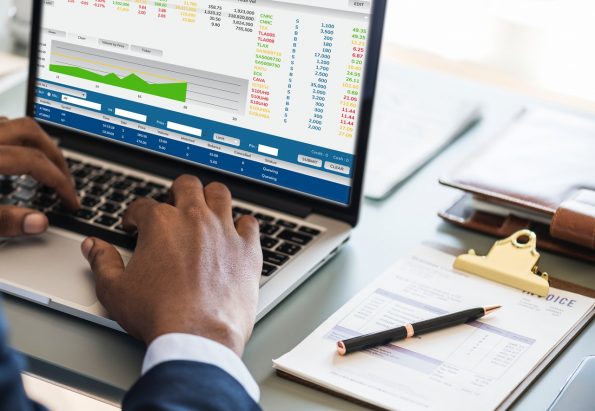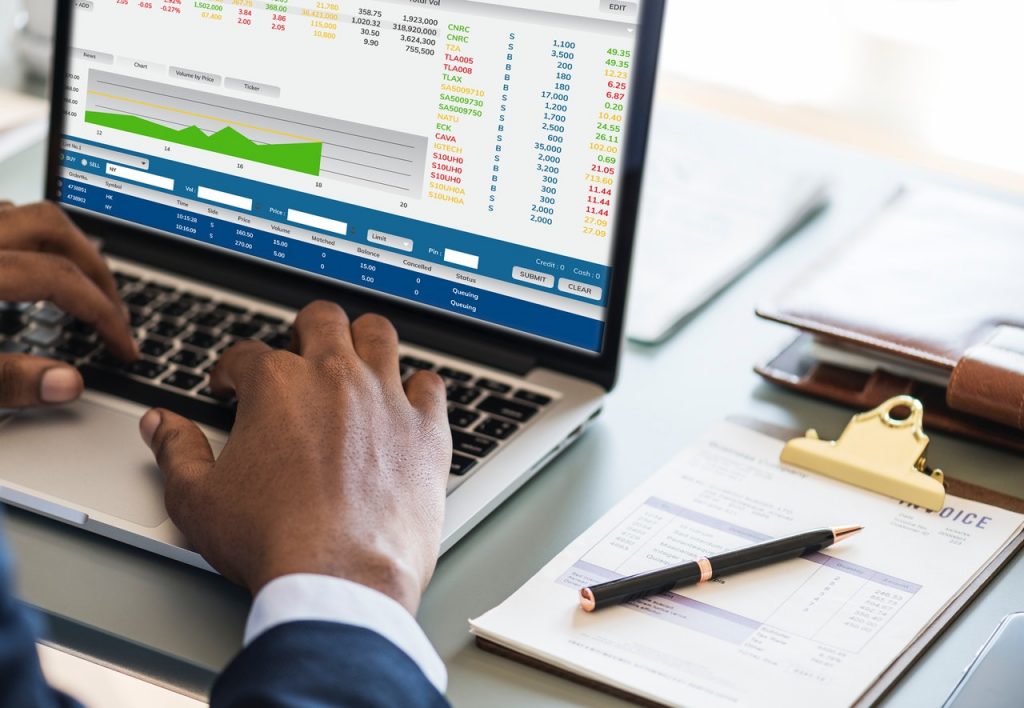Using Remote Accountants in 2019: What Startup Owners Need to Know
If you’re a business owner, you might have considered hiring a virtual or remote accountant as one of the measures to cut costs.
Remote working is on the rise, and many small and large scale companies are adopting it. According to a 2018 survey by the Bureau of Labor and Statistics, 42% of people with advanced degrees reported having worked remotely at some point in time.

A decade ago, working remotely couldn’t have been possible. Today, technology has made it easier to perform accounting functions and derive actionable accounting intelligence for CEOs and business owners remotely. In this article, we’ll explain how remote accountancy work.
Getting the CPA Certification
Technology has simplified the accounting profession so much that it’s now possible to enroll for an accounting degree at the comfort of your coach and take CPA courses online.
Becoming a CPA in the US boils down to 3 E’s:
- Education
- Exam
- Experience
The first and most important step to becoming a CPA is getting a degree. To become a CPA, all states require at least a bachelor’s degree. Luckily, many online colleges are eager to help you become an accountant by offering accounting degrees with CPA options.
The second step is to pass the CPA exam, which is quite rigorous. To pass this exam, it’s important that you enroll in an exam course that best fits your learning style. Beat the CPA have compiled a list of the best CPA exam courses that can be of great help to you.
However, passing the exams doesn’t get you a license. To get a license, you’ll need an on-job experience under the supervision of a licensed CPA. After you get the license, you can choose to work as an in-house accountant, remote accountant or both.
A Startup’s Guide to Remote Accountancy
If you’re in business and you are looking to delve into remote accountancy, here’s what you’ll need:
- A cloud-based online accounting software.
- A receipt/expense tracking software. Go for one that seamlessly integrates with your online accounting software.
- A device that can scan and upload the receipts/invoices.
Once you’ve all the tools for the job, you’ll need to grant access to your financial information, such as bank statements, tax documents, etc. The easiest way is to use a cloud-based platform such as QuickBooks Online, FreshBooks, Xero, etc. Since these are SaaS platforms, they can be accessed remotely with ease.
With such programs, you’ll be able to create a profile for your remote accountant and they will be able to access the platform remotely, as long as they are connected to the internet. You only need to send them receipts, and your accountant will do the rest and update the system.
You may also want to have an additional invoice fetching software such as GetMyInvoices. This program allows you to fetch invoices from online portals such as Amazon and automatically upload them to your accounting software.
The last thing you’ll want to do is to set expectations with your accountant. Do you want them to be working every day? What information do you want them to provide every week/month?
The good thing about this is that some programs allow you to see the activities of your accountant in real-time. You’ll also be able to see the audit logs on your accounting software, so you’ll know how many hours your accountant worked on a specific day.

